It may be possible to mimic their nutritional profile in artificial diets
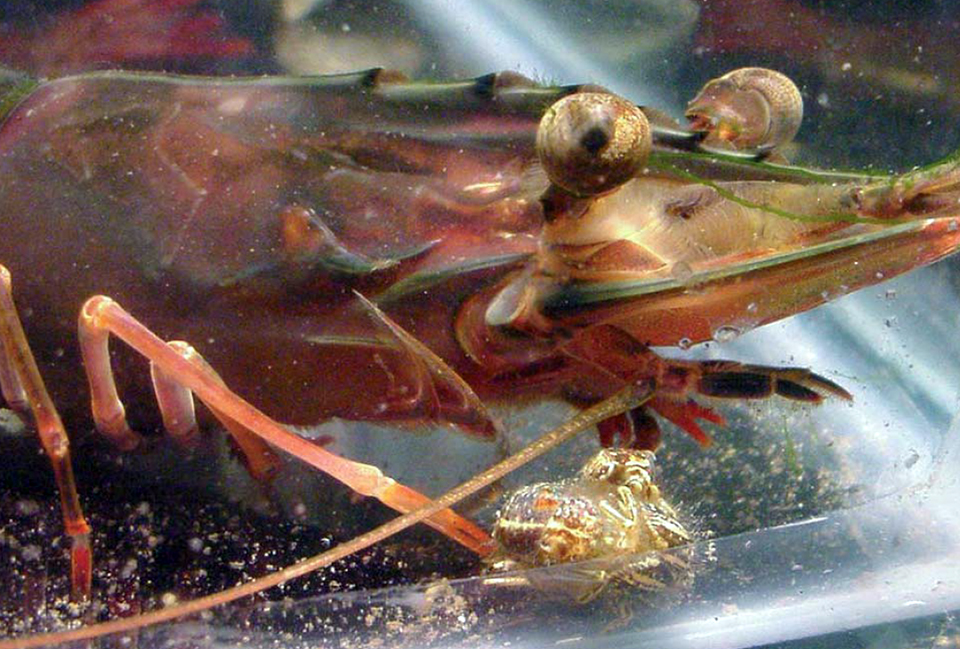
In Vietnam, hatchery operators have used live hermit crabs to feed Penaeus monodon broodstock since around 1993. These anomuran crabs can be found in large numbers in rock pools along rocky shores or on sandy seagrass beds. Crabs are physically removed undamaged from their borrowed shells, which requires some skill. When large numbers of crabs are needed, the shells are broken and immersed in a seawater basin, where the crabs will crawl out of their damaged shells and can be easily collected. The “naked” crabs are then placed in maturation tanks for shrimp broodstock to feed on. On average, a healthy broodstock shrimp can consume 8 to 10 hermit crabs a day. The proportion of fatty acids of the omega-3 and omega-6 families in maturation diets has attracted much research interest. Here I discuss the use of hermit crabs and the fatty acid profile of hermit crabs collected locally in southeast Queensland, Australia.
Advantages of hermit crabs
Although there could be some risk of disease transfer (hermit crabs are crustaceans), the use of hermit crabs as maturation diet for shrimp broodstock has interesting advantages.
Complete maturation diet
Although a mixture of fresh or frozen seafood – such as squid, bivalves and chopped shrimp – is often used to feed shrimp broodstock in commercial hatcheries, feeding only with hermit crabs (which have a rich fatty acid profile, probably close to the requirements for reproduction of shrimp broodstock) appears to be sufficient and usually results in better survivorship and spawning performance of P. monodon broodstock, as evidenced in Vietnamese shrimp hatcheries. Similar results have also been ob-tained with P. merguiensis broodstock.
Water quality maintained
Hermit crabs placed in maturation tanks are alive until consumed by shrimp broodstock, and this facilitates maintaining acceptable water quality. There are no leaching problems because the nutrients are well encapsulated in the crab’s body. Hermit crabs may be very suitable as shrimp broodstock feed in recirculating maturation systems.
Economic value
In Vietnam, a 5-liter bucket of hermit crabs (including shells) could earn a collector up to U.S. $3 to $4. This is an important socioeconomic consideration, as most people engaged in hermit crab collection are generally poor.
Omega-3 and omega-6 fatty acids
Hermit crabs from southeast Queensland (Australia) had a crude protein content of 52 percent (dry matter) and their fatty acid profile showed high levels of omega-6 (omega-3:omega-6 ratio of 1.96, Table 1). This ratio is significantly lower than those reported for common fresh-frozen squid, (Loligo chinensis) (12.6); green mussel, (Perna canalicutus) (10.3) and pipi, (Plebidonax deltoides) (7.0). It is interesting hatchery operators in southeast Queensland use pipi, mussel and squid in order of preference to feed P. monodon broodstock. Marsden et al. (1997) reported that a moist artificial diet (a mixture of frozen fresh seafood and other essential nutrients and called BIARC) improved spawn quality of P. monodon compared with the squid-mussel control diet. The omega-3:omega-6 ratio of this moist diet was lower (3.1 to 4.8) relative to the control diet (21.4 to 28.9). It is possible that a lower omega-3:omega-6 ratio (as in the hermit crabs 1.96), or even lower, may further improve maturation performance.
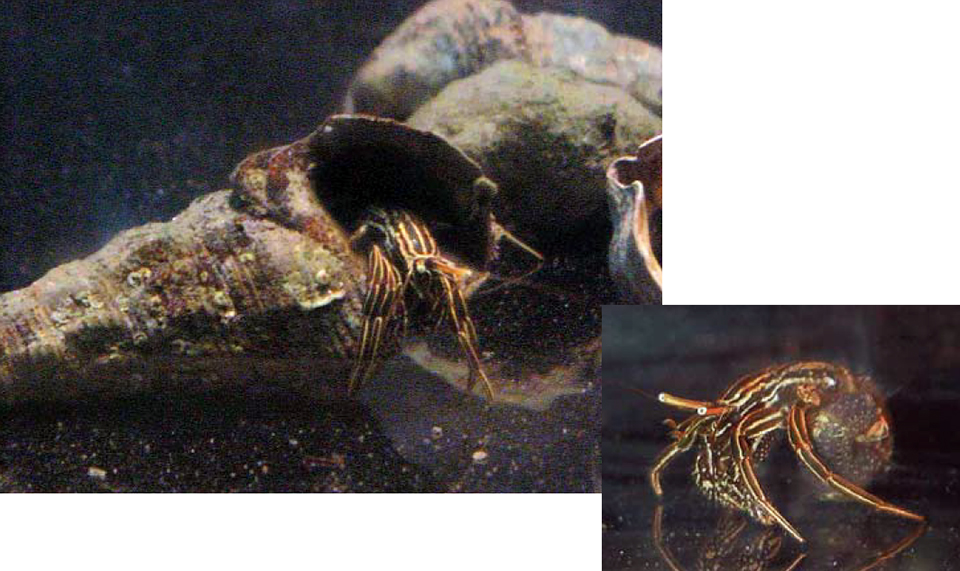
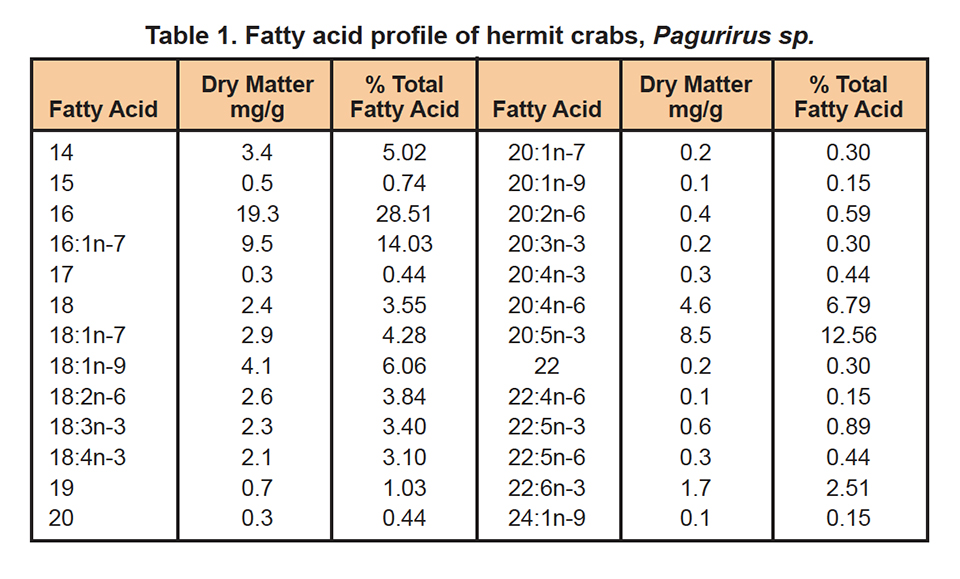
Other fatty acids
The content of other fatty acids may also play an important role in triggering ovarian maturation of shrimp broodstock. Compared with the BIARC moist artificial diet and a mixture of fresh squids and mussels, hermit crabs have higher levels of 16, 16:1 omega-7, 20:4 omega-6, 20:5 omega-3 and 22:5 omega-3; but lower levels of 22:6 omega-3. Previous studies on different species have documented high proportion of 20:5 omega-3 in ovarian lipids, whereas arachidonic acid (20:4 omega-6) is an important precursor of prostaglandins (Harrison 1990). High proportions of 16 and 16:1 omega-7 may also be important.
Conclusion
Hopefully, these preliminary observations will attract the attention of shrimp researchers and lead to research that improves broodstock maturation diets. While mass-culturing hermit crabs may not be practical, it may be possible to mimic their nutritional profile in artificial maturation diets for shrimp broodstock.
Note: Cited references are available from the author.
(Editor’s Note: This article was originally published in the October 2001 print edition of the Global Aquaculture Advocate.)
Now that you've reached the end of the article ...
… please consider supporting GSA’s mission to advance responsible seafood practices through education, advocacy and third-party assurances. The Advocate aims to document the evolution of responsible seafood practices and share the expansive knowledge of our vast network of contributors.
By becoming a Global Seafood Alliance member, you’re ensuring that all of the pre-competitive work we do through member benefits, resources and events can continue. Individual membership costs just $50 a year.
Not a GSA member? Join us.
Author
-
Tung Hoang
Bribie Island Aquaculture Research Centre
P.O. Box 2066
Queensland 4507 Australia
Tagged With
Related Posts
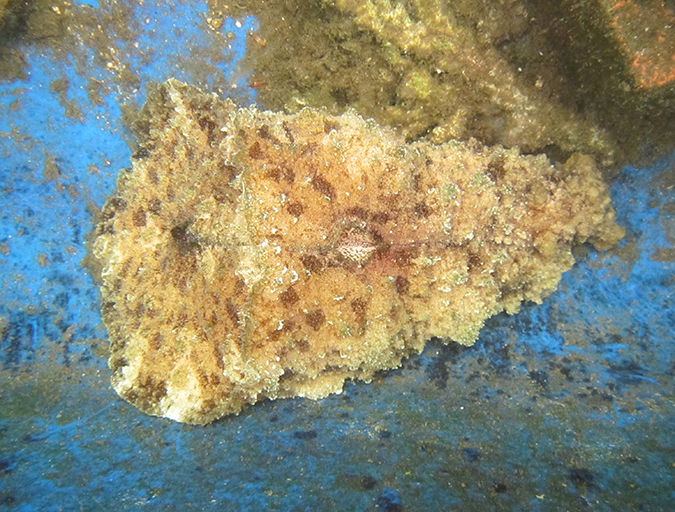
Responsibility
The odd wedge sea hare is useful as an ‘algae cleaner’
Marine gastropod molluscs known as sea hares are relatively unknown animals that have significant importance in biomedical research due to their particular nervous system. And because of their ability to consume large amounts of algae, they can be very useful in clearwater, marine aquaculture systems.
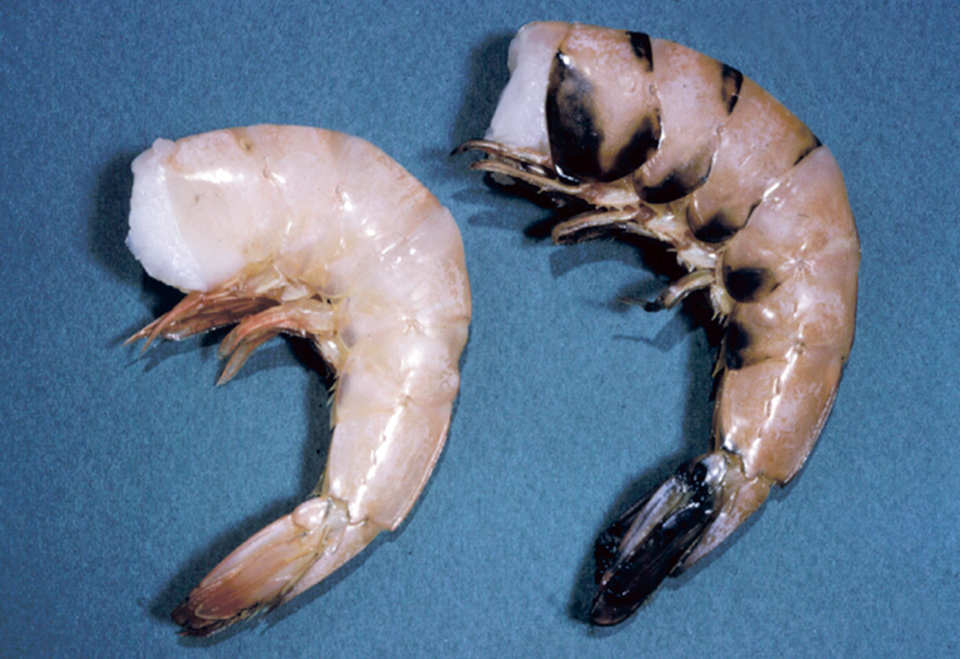
Intelligence
4-hexylresorcinol: sulfite-free control for melanosis in crustaceans
4-hexylresorcinol in a nonsulfite processing treatment against melanosis in crustaceans inhibits natural enzymes for shell hardening.
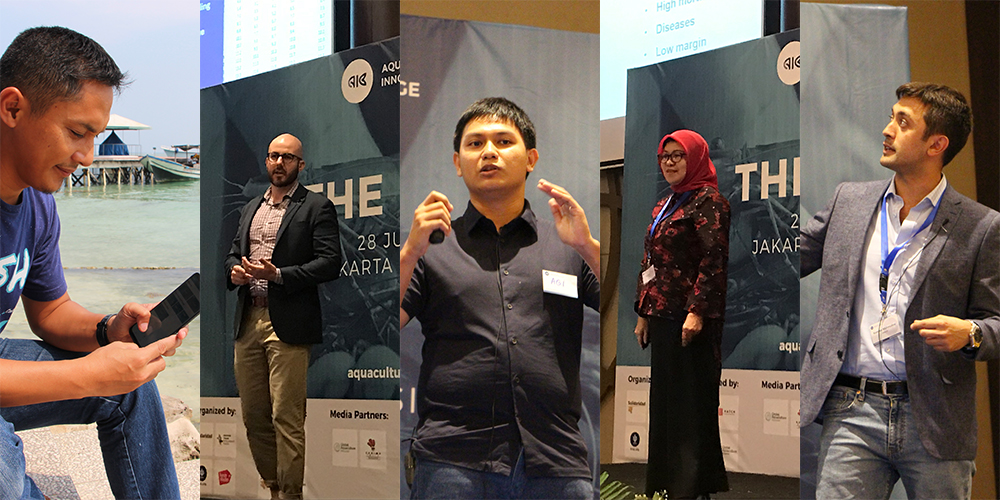
Innovation & Investment
Aquaculture Innovation Challenge taps startup spirit to lift Indonesia’s shrimp sector
The Aquaculture Innovation Challenge, a contest organized by Netherlands-based Seafood Trade Intelligence Portal, sought to give Indonesia’s struggling shrimp sector a boost.
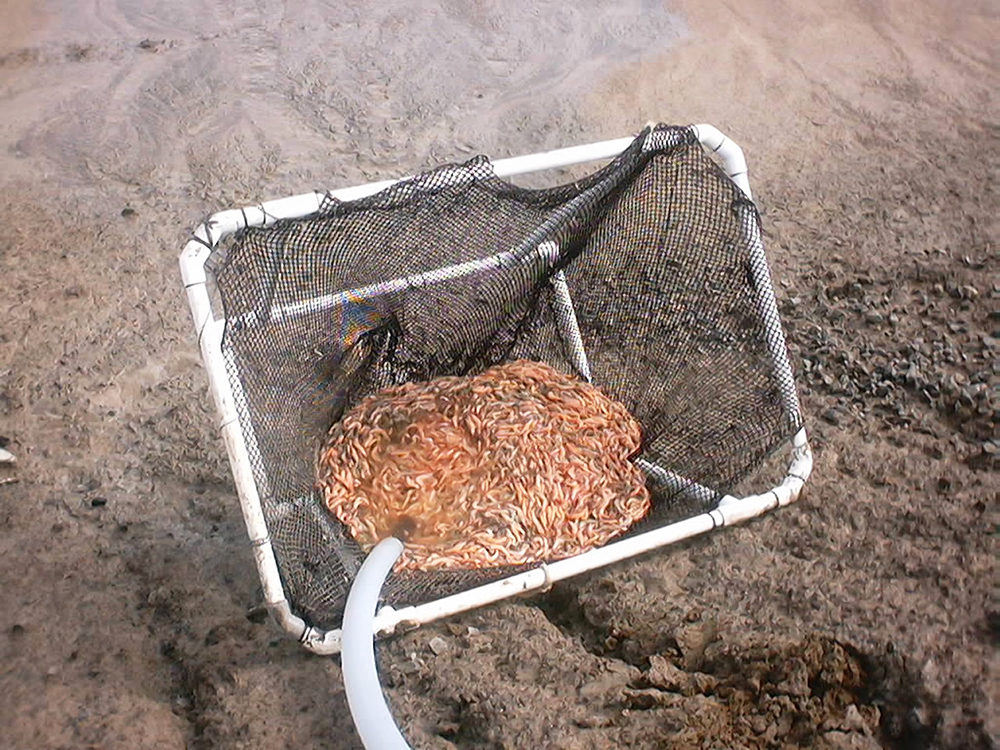
Aquafeeds
Biosecurity protocols needed for shrimp feeds, feeding practices
Shrimp aquafeeds – live, fresh or formulated – should not be an entry point of potential pathogens to the shrimp and/or to their culture systems.


